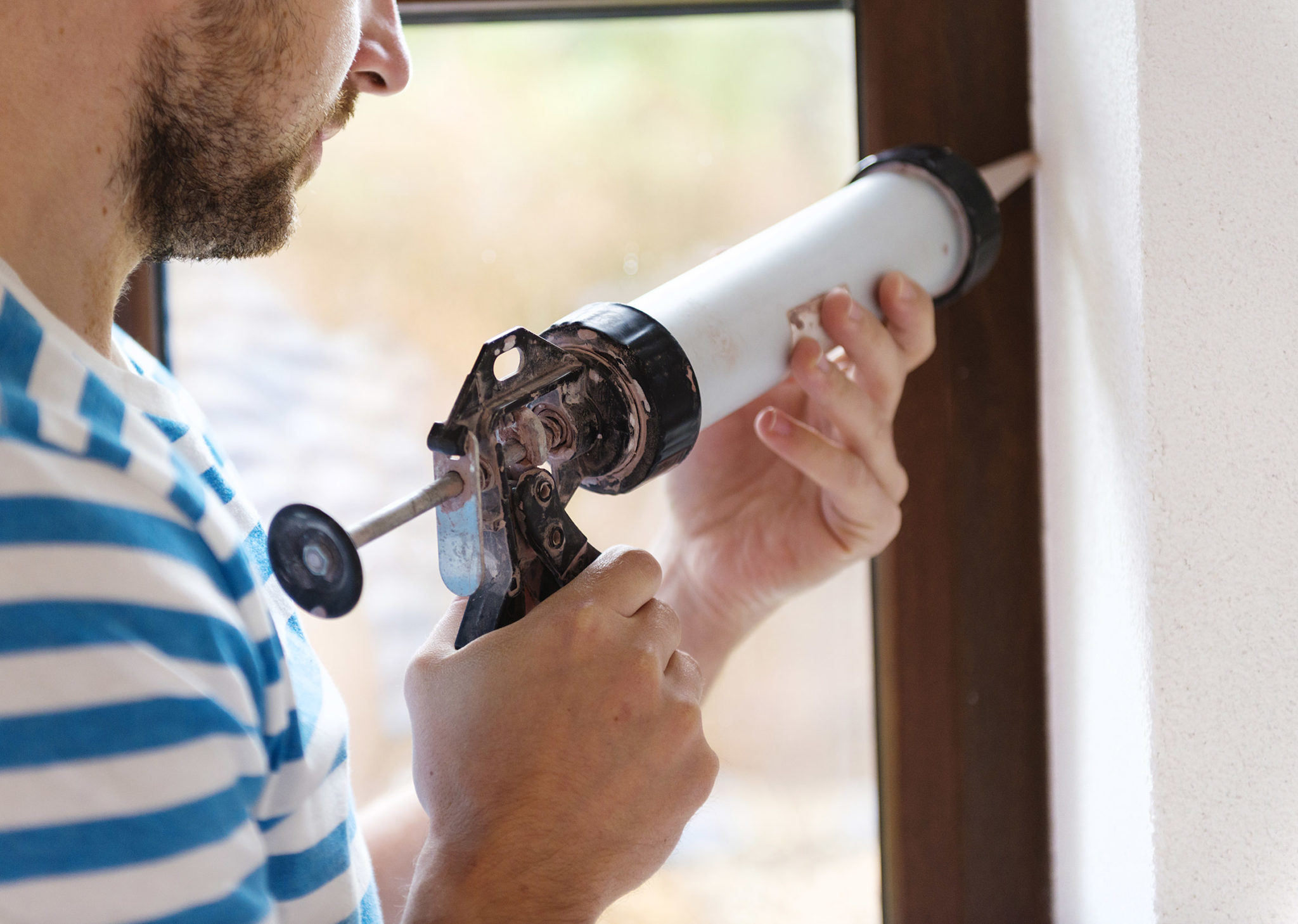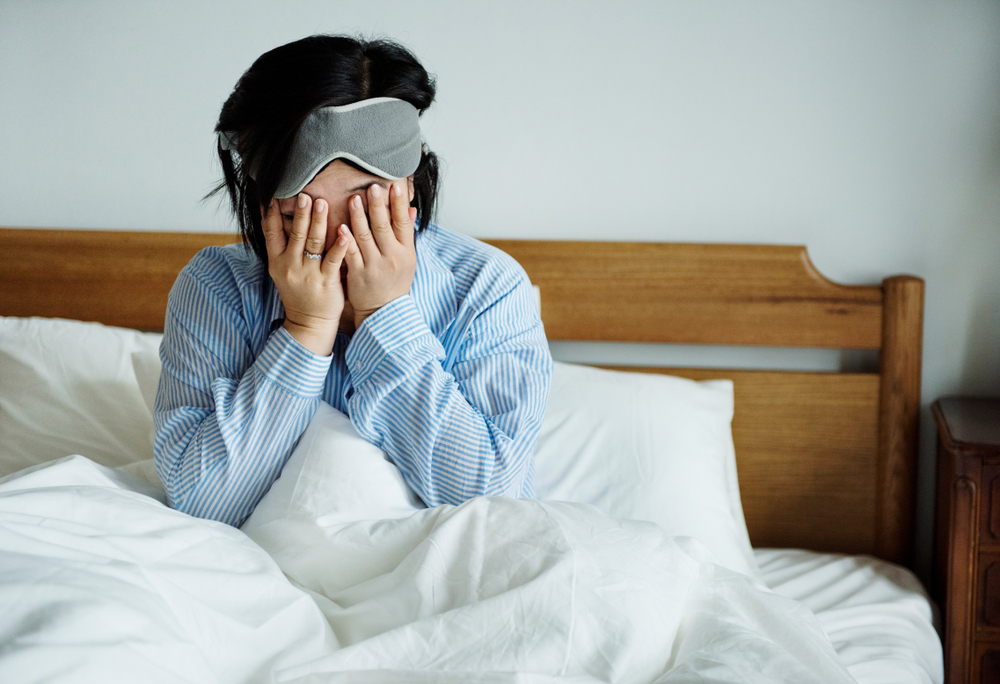Ask an Expert is an occasional feature where we pose a question submitted by a reader to our Healthy Home Director Carl Grimes and Healthy Building Scientist Joe Medosch.
Reader Question: I’m pretty sure that there is lead-based paint in my home and I’m concerned because I have young children at home. How do I get rid of it safely?
Lead Paint in Homes
Lead-based paint can be located on any painted surface in houses built before 1978, though older homes (built before 1960) have a higher likelihood of lead-based paint being present. Homes on military bases may also have a higher likelihood of lead being present as they were not subject to the same regulations as civilian residential construction.
Even after forty years since lead-based paint was applied, it will still be present on those original surfaces, both interior, and exterior. Although most have been painted over with non-lead-based paint, exposure is still a risk. Paint that is deteriorated or flaking can be ingested by infants and young children. Remodeling and remediation projects can also create lead dust, presenting a serious health risk. But a greater risk is from surfaces that rub against each other, like doors, windows, and kitchen cabinets. The slight friction between surfaces creates a fine powder and “dust” of lead-based paint.
Although barely visible, these small amounts of fine “dust” can be picked up by tiny hands and transferred to the mouth. One way to appreciate the potency of extremely small amounts of dust from lead-based paint is to imagine a small packet of sugar spread evenly across your floor. It does not take ingestion of large amounts of lead-based dust to create harm in small children.
Dangers of Lead Paint
The health effects include interference in the formation of brain development. Therefore, the risk is most significant for children under 6 years of age. The effects can develop within months and are usually permanent. It is critical to address lead-based paint issues quickly, completely, and safely.
Because it is a “known” hazard, there are well-defined thresholds for lead presence in painted surfaces plus, EPA regulated protocols for assessment and remediation. These are most readily identified in the EPA Repair, Restoration, and Painting (RRP) Regulation. There are medical tests to detect levels of lead in the blood of children.
Lead Paint Removal
If you are concerned about lead in your home, here is what you can do:
-
Obtain a Risk Assessment
If you think your home has lead-based paint, especially if you have children under 6 years of age, get an assessment by an EPA Certified Lead-Based Risk Assessor. EPA regulations require that only certified individuals and firms can legally perform assessments of pre-1978 housing and child-occupied facilities. Their report and guidance can assist in determining whether abatement or maintenance will be the best course of action for your home.
The EPA maintains a list of certified professionals at: https://www.epa.gov/lead
-
Consult your Doctor
If you are concerned about your child’s exposure, consult your pediatrician about blood lead level testing. Experts now use a reference level of 5 micrograms per deciliter to identify children with elevated blood lead levels. Even low levels of lead in blood have been shown to affect IQ, ability to pay attention, and academic achievement and effects of lead exposure cannot be corrected. No safe blood lead level in children has been identified.
-
Looking for lead paint removal companies? Find a Certified Professional
If lead is present it must be either abated (removing lead hazards) or maintained (managing lead hazards in-place in a manner that prevents exposure). An EPA Certified assessor can help determine which is the better option for you. If you decide to abate, verify that the contractor is EPA trained and certified per the RRP rule. If you choose to manage your lead-based paint in place, be familiar with the EPA facts and regulations. Some State Departments of Health have their own regulations which may exceed those by the EPA.
Renovation, remodeling, water damage restoration, and mold remediation can all disturb lead-based paint and create risk. Hire an EPA Certified Assessor and EPA Certified Contractor to conduct the work legally.
The RRP Rules include verification of removal by testing by an EPA Certified assessor. Because some states have opted for more stringent requirements, as approved by EPA, consult your State Department of Health for requirements and liabilities.
Lead Paint Removal Procedures
A note about DIY. Although occupants are allowed to test for and remove lead-based paint, many consumer methods of testing can be inaccurate and some removal methods are dangerous. Therefore, Hayward Score strongly recommends all work be performed instead by an EPA Certified contractor.
The EPA maintains a list of certified abatement professionals at: https://www.epa.gov/lead.
A Final Note About Lead
Lead-based paint is not the only possible source of lead exposure. According to the CDC, lead can be found in a variety of sources, including:
- Imported kids toys
- Water from older lead pipes or copper pipes joined with lead soldered imported items including clay pots
- Certain consumer products such as candles, make-up and jewelry
- Certain imported home remedies
Resources:
EPA: https://www.epa.gov/lead/lead-abatement-inspection-and-risk-assessment
https://www.epa.gov/lead/understanding-inspection-risk-assessment-and-abatement
CDC: https://www.cdc.gov/nceh/lead/acclpp/blood_lead_levels.htm
https://www.cdc.gov/nceh/lead/acclpp/lead_levels_in_children_fact_sheet.pdf
Hayward Score helps you discover how your home may be impacting your health in minutes – – for FREE!
Answer a quick set of questions then get a personalized list of action items. Transform your home and health today!

ARE YOU CONCERNED YOUR HOME IS MAKING YOU SICK?
Our guide on indoor quality will help you diagnose possible issues and implement intelligent solutions to improve the quality of the air inside your home.















